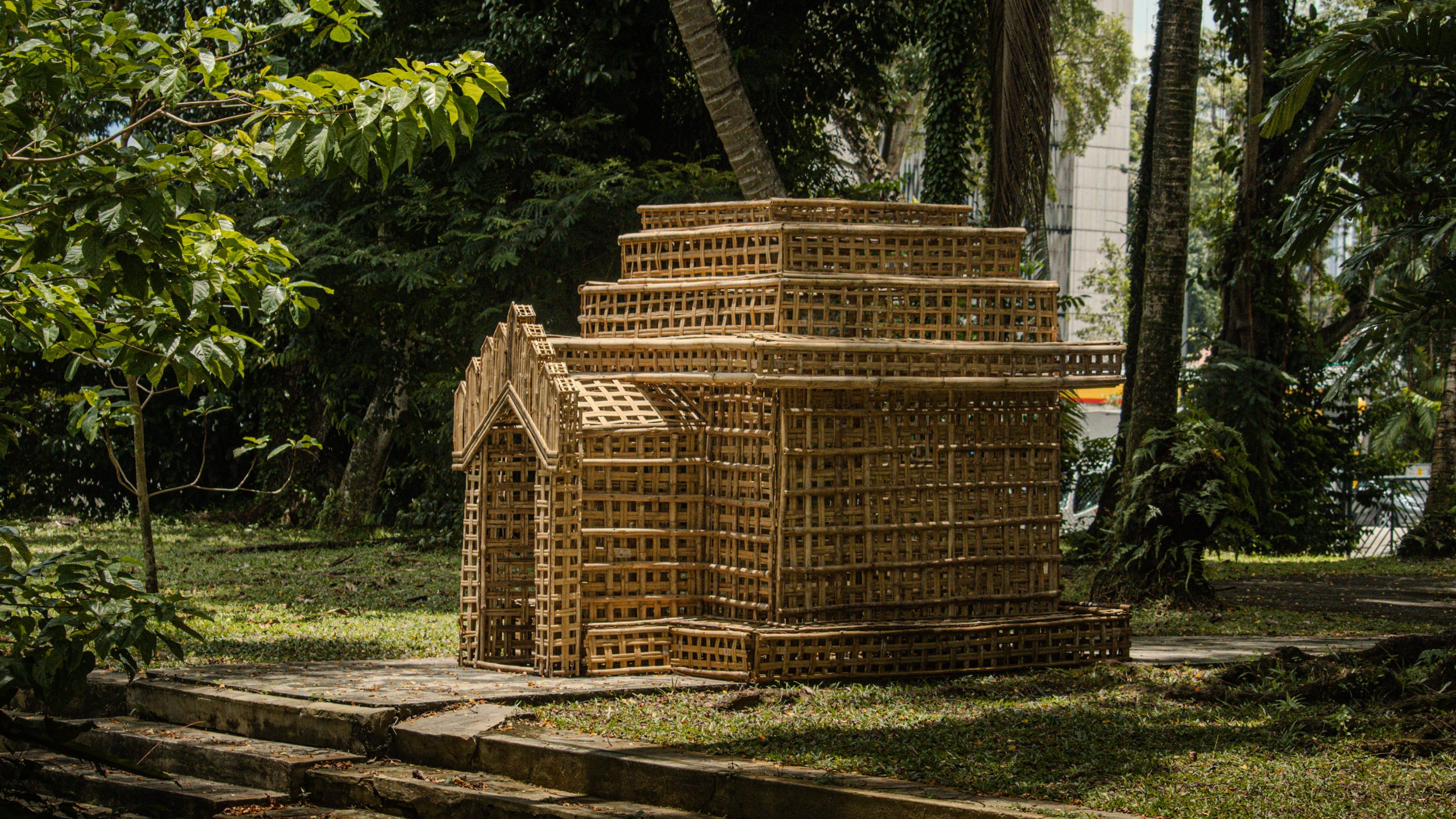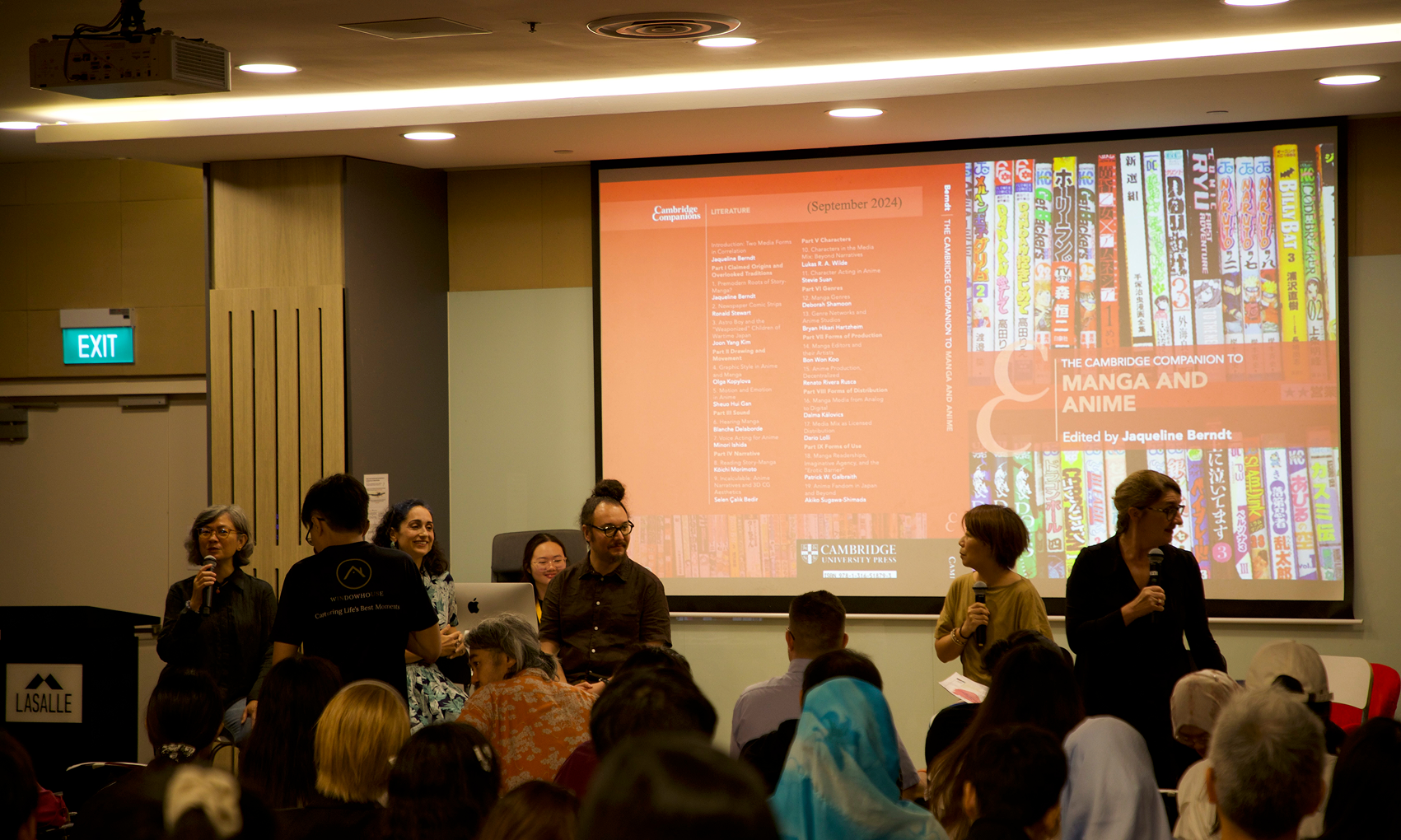Journal and book publications
Portrait Masks, Appropriated Space, and an Overseas Art Experiential: Nature as Critical Catalyst in the Practice and Training of Art Therapy
This article asserts that there are current trends in the practice and training of art therapy that are influenced and inspired by technologies, space, and art. Culture enriches these intertwined constructs demanding that practice and training are duly informed, especially within the contexts in which these are applied. The article is consolidated through a practitioner-based reflective account of the author’s experience of leading a weeklong overseas trip with postgraduate art therapy students from Singapore to Bali, Indonesia. Acknowledging the multilayered processes involved with experiential learning, the focus pivots around one structured and supervised art experiential within an appropriated space in nature. Portrait masks were constructed, worn, and photo-documented within the space. Participant understanding of technologies, space, art, and artmaking were challenged, leading to enriched discourse around these constructs and how best to integrate these emerging trends within their own practice and training, as well as their identities as artist and art therapist with consideration to culture.
Citation:
Lay, Ronald P.M.H.. ''Portrait Masks, Appropriated Space, and an Overseas Art Experiential: Nature as Critical Catalyst in the Practice and Training of Art Therapy.'' CAET: Creative Arts in Education and Therapy - Eastern and Western Perspectives, vol. 7, no. 1, 2021, pp. 59-70, doi: https://doi.org/10.15212/CAET/2021/7/6.
Nostalgia and nationalism: Facebook ‘archives’ and the constitution of Thai photographic histories
This article considers the implications of the popularisation of Facebook groups that share historical photographs for the writing of Thai national and photographic histories. Rather than dismissing these groups as lacking in historical rigour, I propose that the nostalgic impetus behind their formation indicates an important way through which we may rethink the continued relevance of Thailand's history to its current sociopolitical situation. Drawing from Craig J. Reynolds’ (1992) argument regarding the interrelationship between the ‘plot of Thai history’ and the narrative historical form, I consider how this plot might be challenged or displaced through a movement from text to image, and from the material to the digital.
Citation:
Veal, Clare. ''Nostalgia and nationalism: Facebook ‘archives’ and the constitution of Thai photographic histories.'' Journal of Southeast Asian Studies, 2020, pp. 1-25, doi: https://doi.org/10.1017/S0022463420000491.
Where got ghost movie?: The boundaries of Singapore horror
While acknowledging that the horror film is generally not considered a major part of the ‘Singapore new wave’, this article makes the case that Singapore horror films nevertheless merit closer critical evaluation not only because of their sustained output in a very small industry, but also because of their articulation of a range of issues germane to Singapore nationhood and identity ‐ issues which obtain in other Singapore films as well. The discussion surveys the entirety of the Singapore horror output from the 1990s onwards and draws out a number of key distinctive themes and trends, such as the referencing of Chinese supernatural beliefs and regional Southeast Asian spirits, and also the distinctive preponderance of horror narratives involving military or police. The films are then read in relation to broad tropes of gender, geography and regulation.
Citation:
Knee, Adam. ''Where got ghost movie?: The boundaries of Singapore horror.'' Asian Cinema, vol. 31, no. 1, 2020, pp. 55-76, doi: https://doi.org/10.1386/ac_00013_1.
The Embodied Art Therapy Process (TEATP): A single case study surfacing a young child’s voice
The Embodied Art Therapy Process (TEATP) focuses on the co-creation of embodied artistic expressions to promote self-awareness and autonomy for children. A case study describes how TEATP was implemented to support a child in gaining self-awareness and autonomy. Awareness of her own body, sensations, and feeling allowed her to assert her voice and practice agency.
Citation:
Lay, Ronald P.M.H., et al.. ''The Embodied Art Therapy Process (TEATP): A single case study surfacing a young child’s voice.'' Art Therapy: Journal of the American Art Therapy Association; Special Issue: Providing Client Voice and Choice Through Art Therapy, vol. 37, no. 4, 2020, pp. 201-207, doi: https://doi.org/10.1080/07421656.2020.1823784.








